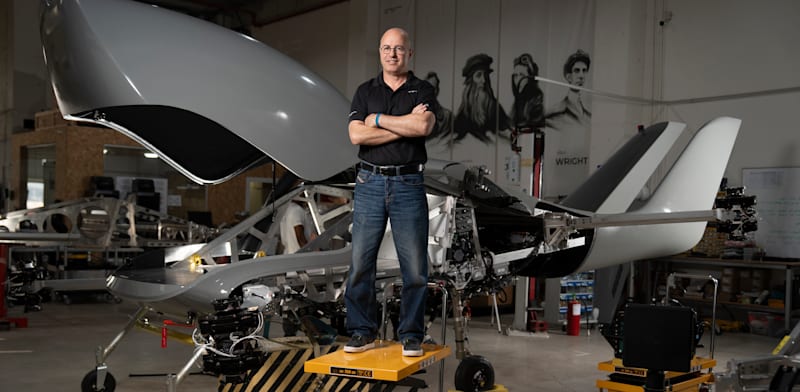La première sonde lunaire israélienne entre dans l’orbite lunaire
« C’est un moment historique en soi », s’est félicité Morris Kahn, président de SpaceIL
La manœuvre a été retransmise en direct à partir du centre de contrôle à Yehud, dans le centre d’Israël.
« C’est un moment historique en soi », s’est félicité Morris Kahn, président de SpaceIL, une organisation privée qui a développé la sonde en partenariat avec la société aérospatiale Israeli Aerospace Industries (IAI), une des plus grandes entreprises de défense israéliennes. (Sources AFP et Times of Israel)
LE PLUS. Yehud (Hebrew: יְהוּד) is a city in the Central District in Israel that is part of the joint municipality of Yehud-Monosson. In 2007, Yehud’s population was approximately 30,000 (including Neve Monosson – see below).
Yehud is mentioned in the Bible in a list of towns in the area (« and Yehud and Bnei Brak and Gat Rimon » – Book of Joshua 19, 45). The Aramaic term Yehud refers to a province under the Persian empire, Yehud Medinata, in the area of what was roughly the Kingdom of Judah which issued Yehud Coinage, small silver coins inscribed with the three letters « Yhd ». The actual size of Yehud during this time remains debated by scholars (e.g., did it occupy the entirety of the previous kingdom, or was it much smaller). Yehud’s constituency also remains debated (e.g., was it composed only of those Judeans who returned from Babylon, or did these intermix with « the people (already) in the land » – עם הארץ).[citation needed]
In later centuries Yehud became the Arab town of al-Yehudiya (in literal Arabic: « place of the Jews »), also called al-‘Abbasiyya.[citation needed] Parts of modern Yehud are located on the land of al-‘Abbasiyya, which became depopulated in the 1948 Arab–Israeli War.
The town was repopulated in the early 1950s by Ladino-speaking Jews of Turkish extraction and subsequently also by Jews from Białystok, Poland and other parts of the Diaspora. The town greatly expanded in later years, developed an industrial and hi-tech area with companies such as IAI and Mercury Interactive and attracted thousands of academics and professionals in new, highly invested neighborhoods such as Givat Avia and Kiryat HaSavyonim.[citation needed]
In June 2011, the city’s officials announced they would undertake a massive construction project to replicate the old town square of the Swiss city of Lugano in the center of their city, to reinvigorate commerce and tourism. The replica will be replete with neoclassical columns and colonnades. This project was scheduled to be finished and in fall 2016. It opened in early 2018.





